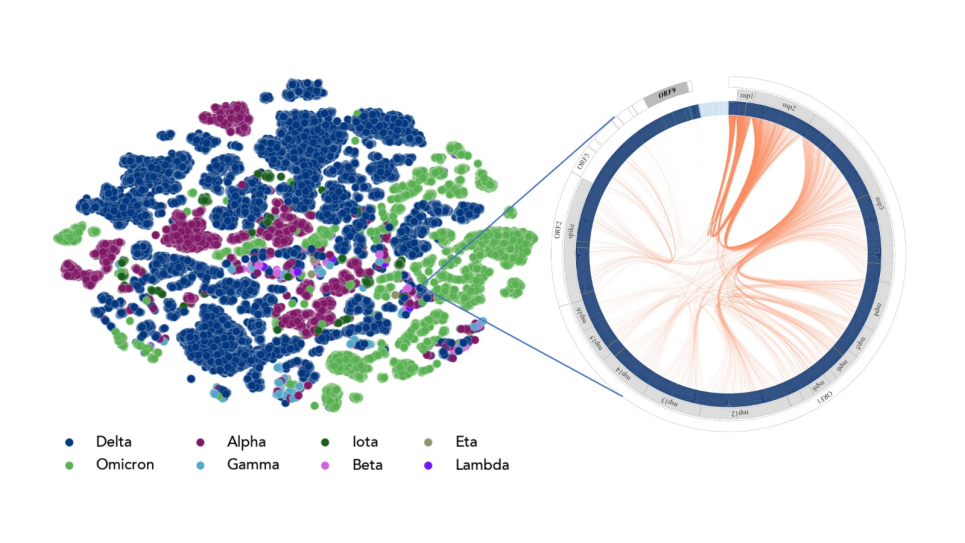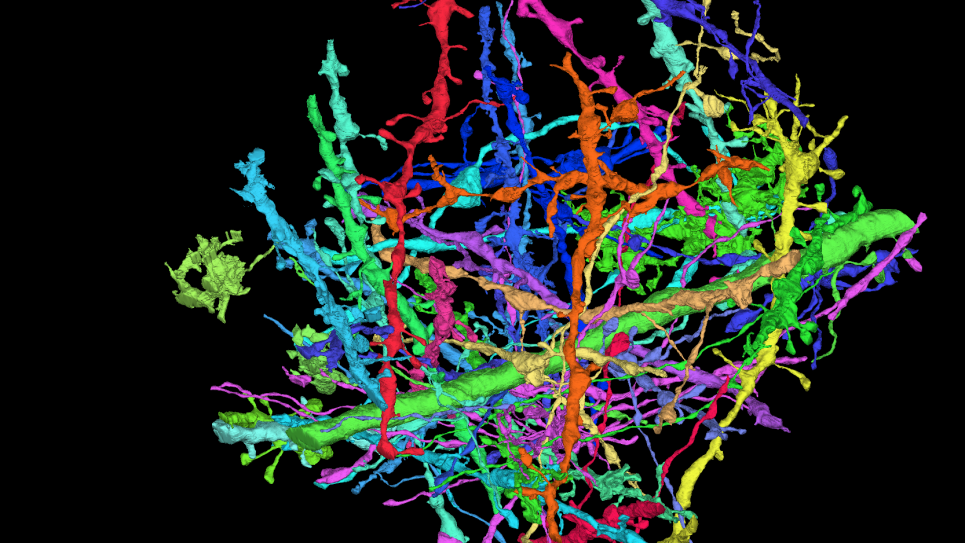
Multiscale Simulations of Human Pathologies
The work proposed by researchers at Brown University involves both continuum-based as well as atomistic-based simulations. Specifically, this research projects aims to simulate blood flow and thrombus biomechanics in thoracic aortic aneurysms and dissections (TAADs.
Increasing clinical evidence suggests that a completely thrombosed false lumen (a diversionary passageway caused by a dissection of the aorta) results in an improved prognosis, whereas a partially thrombosed false lumen may render the wall more vulnerable to further dissection or rupture. Multiscale simulations of TAADs will lead to a better understanding of the mechanisms by which, and conditions under which, a false lumen is expected to develop either a partial or a full thrombus, and why the latter is beneficial.
The Brown University research group will take advantage of the ALCF’s petascale resource Mira, an IBM Blue Gene/Q, to perform these simulations, as well as to advance understanding of the progression of red blood cell (RBC)-related pathologies. Specifically, they will examine in silico,for the first time, the hemodynamic conditions under which an intramural thrombus forms in aortic dissections, and the biomechanical consequences of thrombus on the remnant wall.


